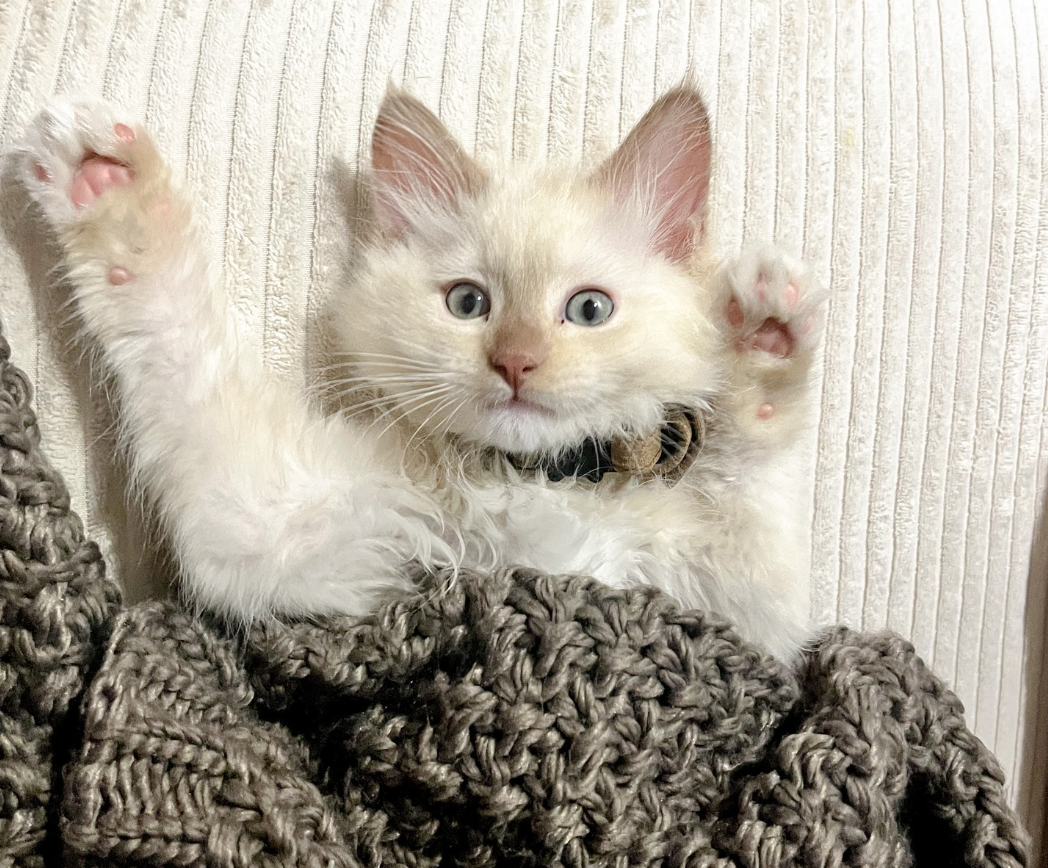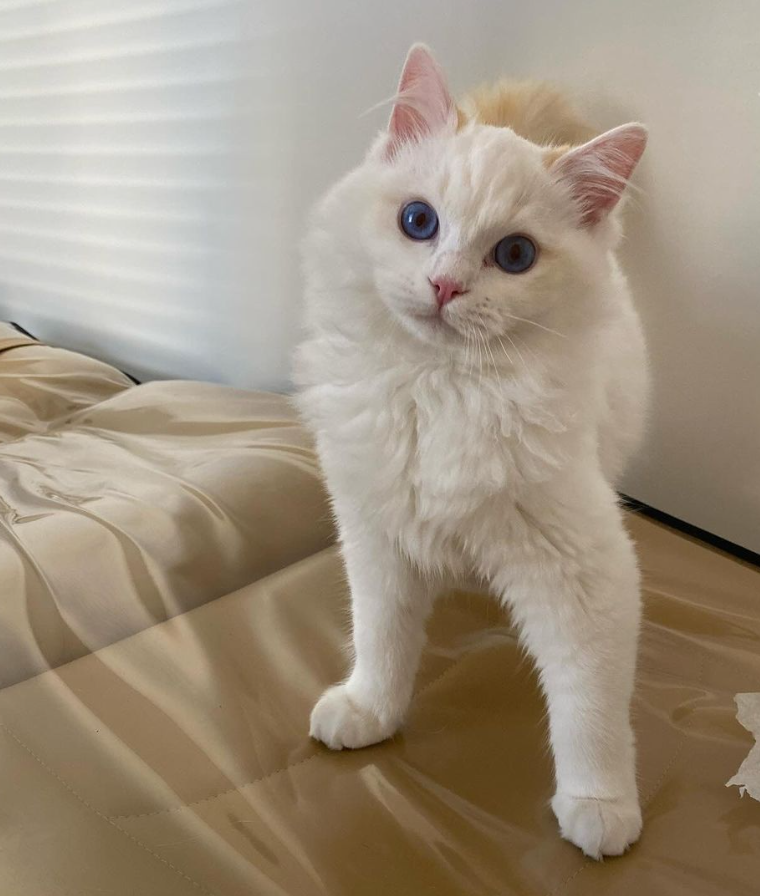Cats, with their diverse personalities and behaviors, sometimes present a challenge when it comes to calming them down.
Whether dealing with a skittish kitten or a full-grown cat that’s showing signs of stress or aggression, there are effective, non-complicated strategies you can employ to help soothe them.
These methods draw from understanding cat psychology and behavior, aiming to communicate safety and trustworthiness from human to feline.
Here are expanded and detailed tips to help calm any cat, enriching the bond between you and your furry friend.
Comprehensive Guide to Calming Your Cat
Understanding the Basics:
Before diving into specific techniques, it’s crucial to grasp that calming a cat relies on mutual respect and understanding.
Cats are highly sensitive to their environment and the behavior of those around them. The goal is to convey that you are not a threat, thereby encouraging the cat to view you as a companion rather than a potential predator.
1. Mastering the Art of Slow Blinking:
Slow blinking at your cat is a powerful way to communicate peaceful intentions. It’s a signal among cats that signifies “I am friendly and mean no harm.”
To practice slow blinking, make eye contact with your cat and slowly close your eyes, keeping them shut for a moment before opening them again slowly. This action can remarkably reduce a cat’s anxiety and promote a stronger bond between you.
2. Yawning to Show Relaxation:
Yawning in the presence of your cat, especially when combined with slow blinking, further amplifies the message of tranquility.
In the animal kingdom, yawning is often a sign of contentment and is rarely displayed in confrontational situations.
By yawning, you’re signaling to your cat that you’re in a state of relaxation, encouraging them to adopt a similar demeanor.
3. Avoid Direct Staring:
Direct eye contact, while often a sign of trust and openness among humans, can translate quite differently in the world of cats.
To a cat, sustained eye contact can be perceived as a challenge or even a threat, potentially invoking stress or defensive behavior.
This stark difference underscores the importance of understanding and respecting the nuances of feline body language and social cues.
To foster a more positive and relaxed interaction with your cat, it’s advisable to adopt a softer, more indirect approach to eye contact.
When making eye contact with your cat, try to soften your gaze and periodically look away or blink slowly.
This technique helps to break the intensity of a direct stare, signaling to your cat that you are not a threat and reducing the likelihood of inducing anxiety or aggression.
4. Displaying Vulnerability:
Mimicking a cat’s posture of rolling onto your back can convey submissiveness and trust. While it’s not practical to do this in every situation, demonstrating vulnerability in this way can be a powerful signal to a cat that you are not a threat.
5. Encourage Approachability:
Always let the cat come to you on its terms. Position yourself at their level, sitting or lying down, to appear less intimidating. Avoid direct approaches or sudden movements, which can startle or scare the cat.
6. Respect Their Space:
If a cat decides to walk away or seek solitude, respect this decision. Chasing or following them can lead to increased stress. Giving cats the freedom to come and go as they please is crucial for their sense of security and autonomy.
7. Maintain a Calm Demeanor:
Cats are incredibly attuned to the emotions and behaviors of their human companions. Remaining calm and composed, especially in your movements and voice, can significantly impact a cat’s comfort level.
Avoid loud noises and rapid movements that could startle or intimidate them.
8. Positive Reinforcement with Treats:
Using treats not only serves as a bonding experience but also as a way to associate your presence with positive outcomes. Offer treats gently and, if possible, let the cat take them from your hand to build trust.
9. Provide Safe Havens:
Cats feel more secure when they have access to high places or hiding spots. Cat trees, shelves, or even cardboard boxes can serve as safe zones where they can observe their surroundings without feeling exposed.
10. Use of Pheromone Diffusers:
Products that mimic a cat’s natural calming pheromones can help create a more reassuring environment. These diffusers can be especially beneficial in multi-cat households, during environmental changes, or when introducing a cat to a new space.
Final Thoughts:
Calming a cat, especially one that is stressed or has had negative experiences, requires patience, understanding, and consistent application of these techniques.
Each cat is unique, and what works for one may not work for another. The key is to observe your cat’s responses and adjust your approach accordingly.
Building trust with a cat is a rewarding process that enhances the bond between you and your feline companion, contributing to a harmonious and loving relationship.




